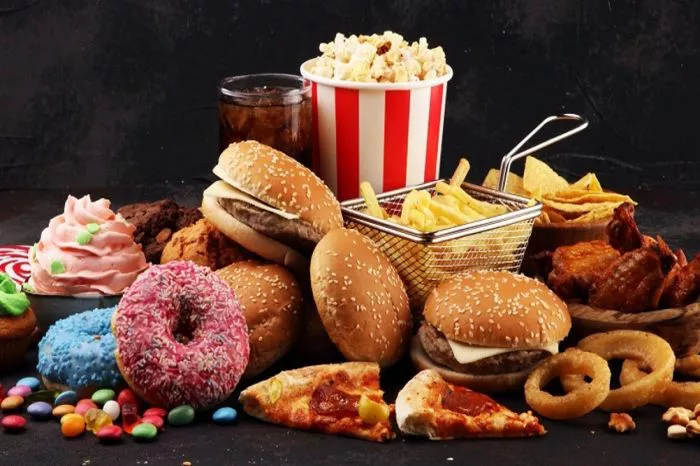California recently increased the minimum wage for fast food workers by $4 to $20, sparking concerns that businesses would turn to technology, such as self-service kiosks, to replace workers. While this shift towards automation is likely to occur in some instances to offset higher labor costs, the reality is that the service industry has been embracing automation for a while, even in states where the minimum wage hasn’t increased.
Rob Dongoski, global lead for food and agribusiness at Kearney, notes that automation in the restaurant industry, particularly in quick-service restaurants, has been ongoing. Examples include auto-refill technology and automated frying machines. Moreover, higher wages for fast food workers could actually benefit fast food owners by attracting more workers into the industry.
The new wage increase in California, effective April 1, applies to restaurant chains with more than 60 nationwide locations and also establishes a fast food council. This council, a first of its kind in the US, has representatives from both the restaurant industry and workers. It can increase the wage annually for the rest of the decade, in pace with inflation or up to 3.5%, whichever is higher. Additionally, the council can recommend standards for fast food worker safety and investigate issues like wage theft.
Automation in the form of self-service kiosks is not a new phenomenon and has been gaining popularity, particularly during the pandemic. Major chains like Panera Bread, McDonald’s, and Shake Shack have implemented self-service kiosks in their locations. These kiosks not only provide convenience for customers but also lead to larger and more profitable orders, as noted by Shake Shack’s CFO Katie Fogerty.
Marbue Brown, founder of The Customer Obsession Advantage, emphasizes that self-service kiosks cater to customer preferences, especially among younger consumers who prioritize convenience. While automation serves to reduce costs, it also enhances the customer experience. However, Brown acknowledges that the minimum wage increase in California may accelerate the adoption of technology in certain geographies.
In conclusion, while the minimum wage increase in California may prompt businesses to explore automation options, the adoption of technology in the fast food industry has been ongoing. The focus remains on providing a positive customer experience while finding the right balance between automation and human interaction.

